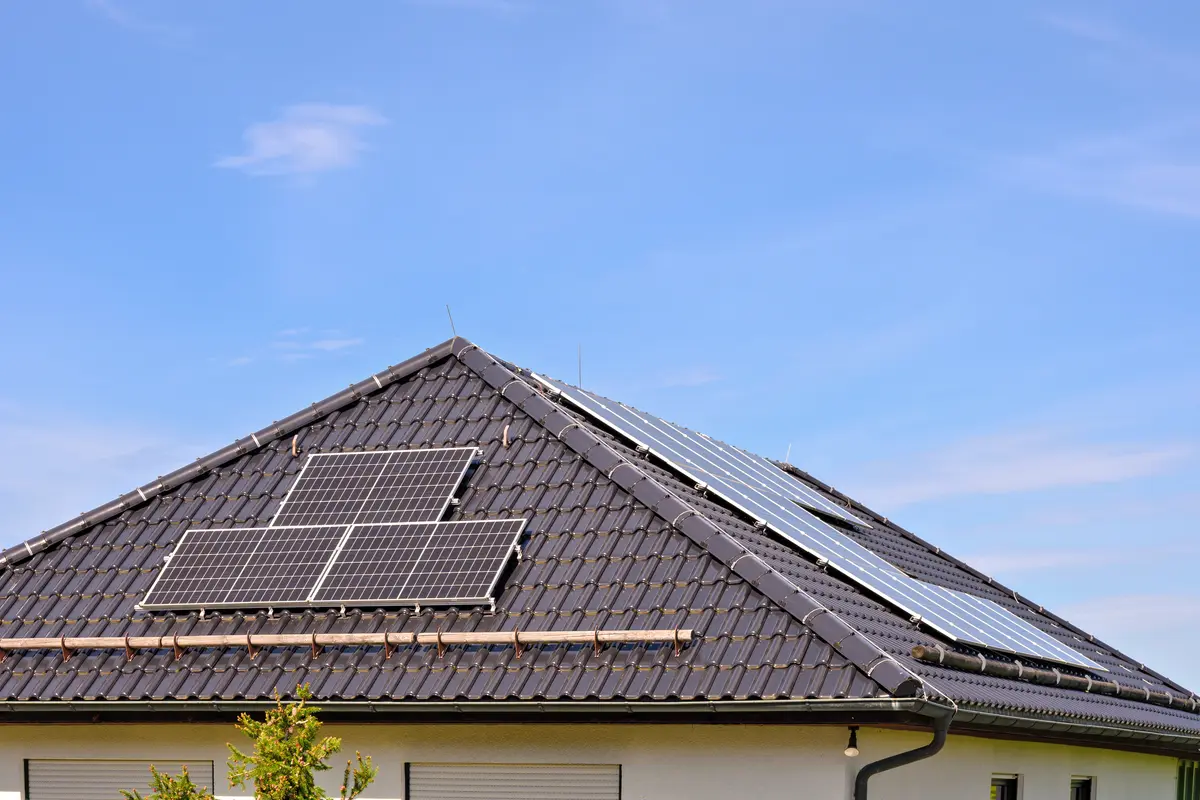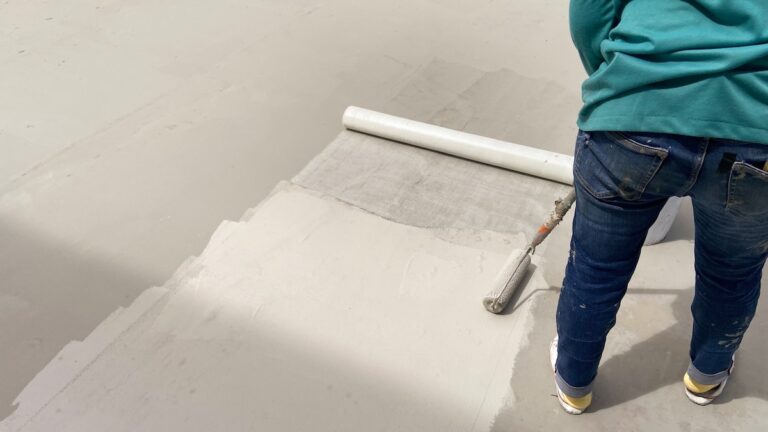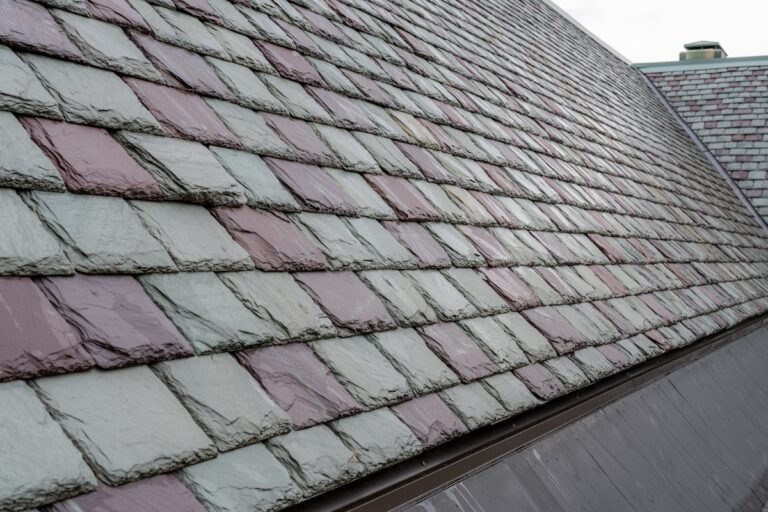When planning a new build or considering a roof replacement, one of the first decisions you’ll need to make is the type of roof to install. Two of the most popular choices among homeowners are hip roofs and gable roofs. Each style offers unique benefits and potential drawbacks.
Understanding the difference between a hip roof vs gable roof can help you make an informed decision that aligns with your:
- Aesthetic preferences
- Budget
- Functional requirements
What is a Hip Roof?
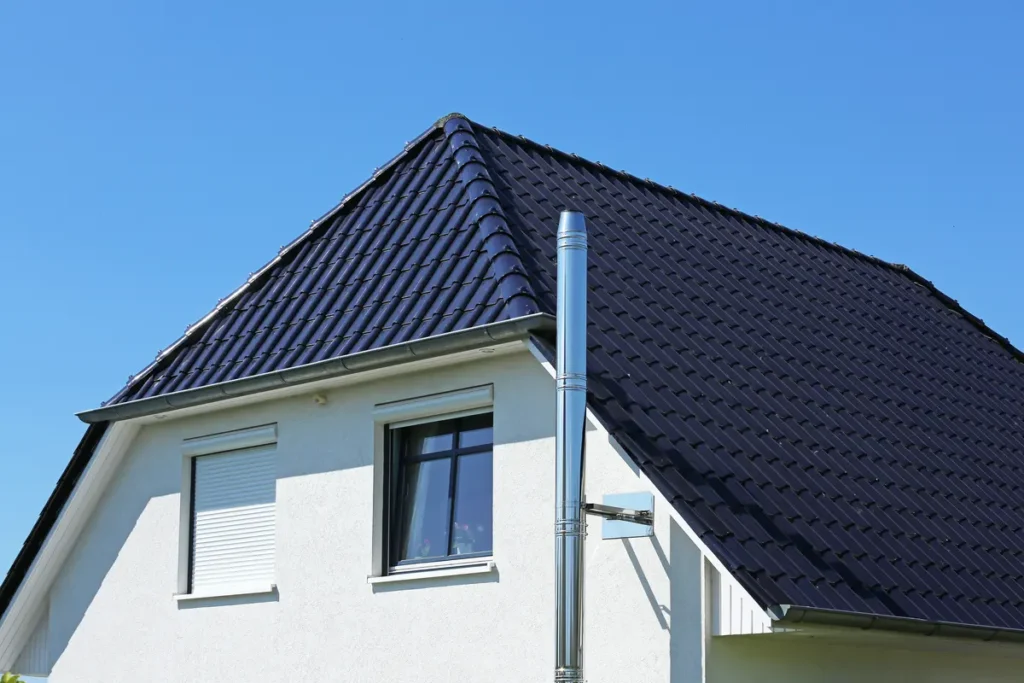
A hip roof has slopes on all four sides, which are all of equal length and come together at the top to form a ridge. This style is characterized by its stability and ability to withstand harsh weather conditions, making it a popular choice in areas prone to high winds and heavy snowfall.
What is a Gable Roof?
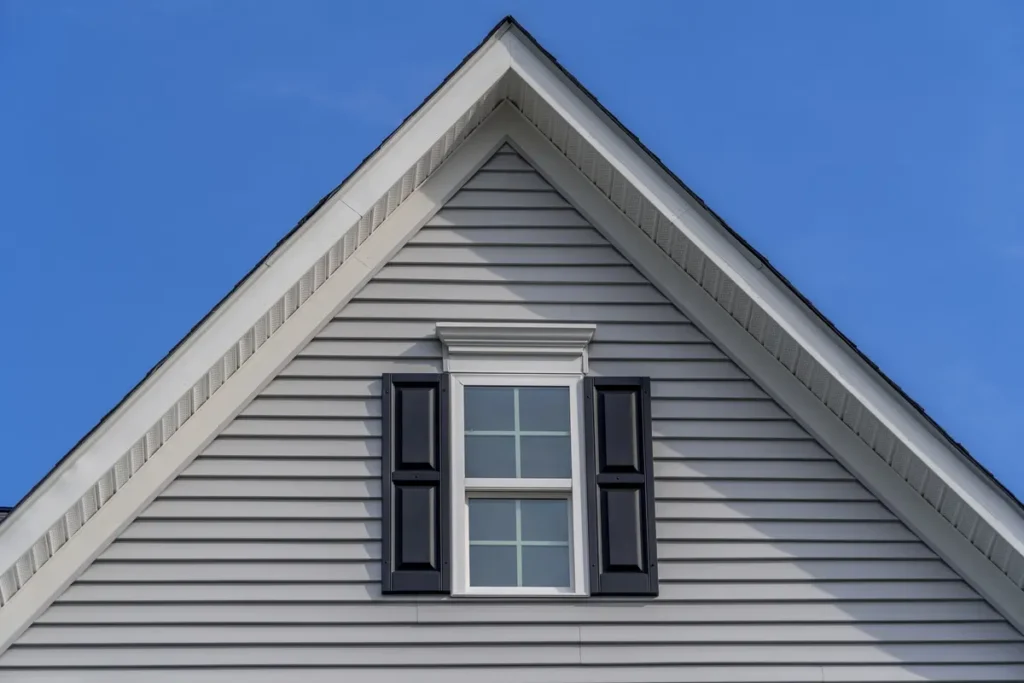
A gable roof, on the other hand, has two sloping sides that meet at a ridge, creating end walls with a triangular extension at the top, known as a gable. This design is often seen in American homes, admired for its simplicity and efficient shedding of water and snow.
⭐️ Benefits of Hip Roofs
Considering a hip roof? It comes with many benefits, including:
- Stability and Durability: One of the standout features of a hip roof is its stability. The inward slope on all four sides makes it exceptionally sturdy, which is why it’s highly recommended for areas that experience severe weather conditions such as hurricanes or heavy snowfall. The added stability reduces the risk of roof collapse and improves the overall longevity of the structure.
- Excellent Drainage: Hip roofs are also excellent at shedding rainwater and snow due to their consistent slope on all sides. This minimizes the risk of water pooling and subsequent leaks, which can cause significant damage over time.
- Aesthetic Appeal: From an aesthetic standpoint, hip roofs offer a balanced and symmetrical look that many homeowners find visually appealing. They can also be combined with gable roofs to create complex and attractive roof designs, making them a versatile option for various architectural styles.
- Attic Space: Though hip roofs typically offer less attic space compared to gable roofs, they compensate for this with additional stability and integration options for dormers or skylights, which can add natural light and ventilation.
Drawbacks of Hip Roofs
Every rose has its thorns, and hip roofs are no exception!
- Cost: The structural complexity of hip roofs often makes them more expensive to construct than gable roofs. The additional materials and labor required can significantly increase the overall cost of your roofing project.
- Complexity: Hip roofs require more elaborate framing and roofing materials, which means the construction process is generally more complicated and time-consuming. This can lead to higher labor costs and longer project timelines.
Benefits of Gable Roofs
Protect your home with all the benefits that a gable roof has to offer, including!
- Simplicity and Cost-Effectiveness: Gable roofs are favored for their simplicity and cost-effectiveness. The straightforward design requires fewer materials and less labor, making them a more affordable option for many homeowners.
- Efficient Water Shedding: The steep pitch of gable roofs allows for efficient shedding of rain and snow, reducing the risk of leaks and water damage. This makes them particularly suitable for regions with heavy rainfall or snowfall.
- Ventilation and Attic Space: Gable roofs provide ample attic space, which can be used for storage or converted into additional living space. The design also allows for better ventilation, helping to regulate temperature and moisture levels in the attic.
- Aesthetic Versatility: With their classic triangular shape, gable roofs are a versatile aesthetic choice that complements a wide range of architectural styles. They can also be customized with features like dormers, gable windows, and decorative trim to enhance the home’s curb appeal.
Drawbacks of Gable Roofs
Keep in mind that gable roofs have downsides, just as hip roofs do.
- Susceptibility to Wind Damage: One of the main disadvantages of gable roofs is their susceptibility to wind damage. The large, flat surface area of the gable can act as a sail in high winds, increasing the risk of damage or even roof failure in extreme conditions.
- Maintenance: While gable roofs are generally easier to construct, they can be more challenging to maintain. The steep pitch can make access difficult, complicating tasks like cleaning gutters or performing roof inspections.
- Limited Design Options: Compared to hip roofs, gable roofs offer fewer design options. While they can be customized to some extent, they don’t provide the same level of architectural flexibility as hip roofs.
Hip Roof vs. Gable Roof Comparison

We’ve broken down the major factors that separate these two roofing styles so that you can make an informed decision about what’s right for you.
💰 Cost
When comparing costs, gable roofs typically come out ahead due to their simpler design and reduced material requirements. However, the overall cost will depend on various factors, including the size and complexity of the roof, the materials used, and the local labor rates.
🏠 Structural Integrity
In terms of structural integrity, hip roofs have the advantage due to their four-sided design. This makes them more resistant to wind and snow loads, providing greater peace of mind in regions with severe weather conditions.
✨ Aesthetic Appeal
Aesthetic appeal is largely subjective and will depend on your personal preferences and the architectural style of your home. Both hip and gable roofs can be customized to enhance curb appeal, though hip roofs offer more design flexibility.
👌 Functionality
Functionality includes factors like drainage, attic space, and ventilation. Gable roofs generally excel in these areas due to their steep pitch and ample attic space, while hip roofs offer superior drainage and structural stability.
How to Choose Between a Hip Roof and a Gable Roof
Still stuck on your decision? Ask yourself the following:
Assessing Your Needs
When choosing between a hip roof and a gable roof, consider factors like your local climate, budget, and aesthetic preferences. If you live in an area with high winds or heavy snowfall, a hip roof might be the better option for its stability and drainage capabilities. On the other hand, if you’re looking for a cost-effective solution with ample attic space, a gable roof could be the way to go.
Consulting with Professionals
It’s always a good idea to consult with a professional roofing contractor who can provide expert advice based on your specific needs and circumstances. They can help you weigh the pros and cons of each roof type and recommend the best option for your home.
Considering Future Plans
Think about your long-term plans for your home. If you plan to expand or remodel in the future, consider how your roof choice might impact those plans. For example, if you want to add dormers or skylights, a hip roof might offer more design flexibility.
Your Ultimate Resource for Gable and Hip Roofs
Both hip roofs and gable roofs have their unique advantages and potential drawbacks. Whether you prioritize stability, cost-effectiveness, or aesthetic appeal, there’s a roof style that’s perfect for you. Take the time to assess your needs, consult with professionals, and consider your long-term plans to ensure you choose the best roof for your home.
If you’re ready to start your roofing project or need further assistance, contact our team of expert roofing contractors at Johnson Restoration today. We’re here to help you every step of the way, from choosing the right roof style to completing the installation with precision and care.
